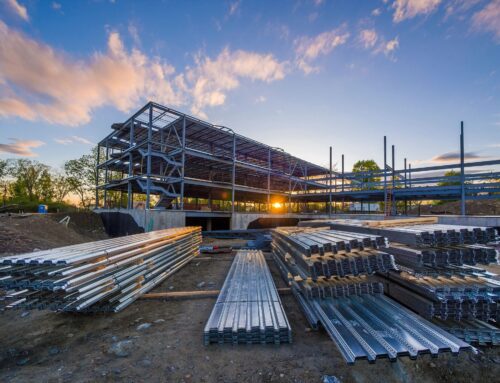SAP calculations are used to measure two elements for dwellings in England:
1.Dwelling Emission Rate (DER) and
2.Dwelling Fabric Energy Efficiency (DFEE).
These are now compared to a Target Emissions Rate (TER) and a Target Fabric Energy Efficiency (TFEE) rate. Both the DER and DFEE must be lower than the target rates.
Factors which should be considered when making the calculation include:
- Construction materials
- Insulation
- Heating efficiency
- Fuel type
- Ventilation
- Lighting
- Location and orientation of the property
- Any exposure to sunlight via openings such as windows
- The use of renewable energy and
- Air leakages
SAP calculations for new dwellings must be performed by an accredited SAP assessor. The assessor will use specialised software as well as the plans, drawings and specifications submitted during the design process for that property. With at least about 140 input fields in each piece of software, the more information provided to the assessor the better, as this ensures that the SAP calculation is as accurate as possible.
It is critical that all information is correct; if the design doesn’t pass the assessment, changes have to be made before construction can commence. If changes are then made to the design of the property when construction gets underway, the SAP assessor should be made aware of those modifications as this may impact the SAP calculation.
The SAP calculation gives a score from 1 to 100+. The lower the score, the higher the energy cost. A property with a score of 100 is said to be net zero, whereas any buildings achieving a 100+ score will produce more energy than they consume and are net exporters. This SAP score is reflected in the EPC score for each property.





